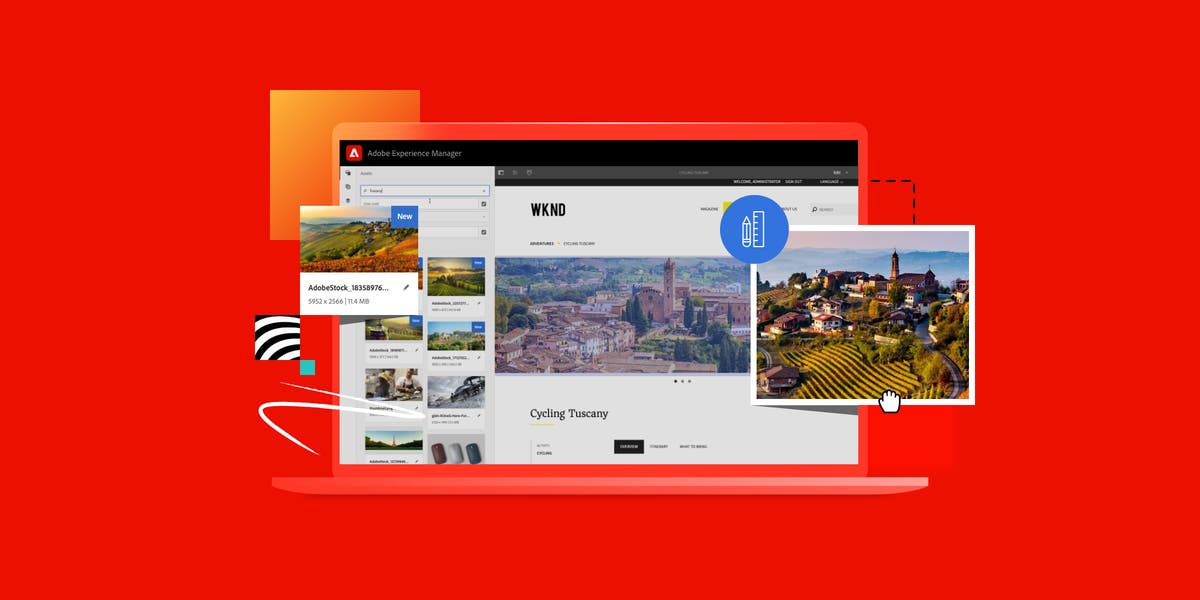In the digital era, e-commerce has transformed the way consumers shop, offering convenience, accessibility, and a wide array of choices at their fingertips. A key factor in the success of any e-commerce venture lies in its web design. E-commerce web design isn’t just about creating visually appealing websites; it’s about designing intuitive, user-friendly, and conversion-focused experiences that drive sales and foster customer loyalty. Let’s explore some strategies for successful e-commerce web design that can help online stores thrive in today’s competitive market.
1. User-Centric Design
The foundation of successful e-commerce web design is a user-centric approach. Designers must prioritize the needs, preferences, and behaviors of users throughout the design process. This includes creating intuitive navigation, clear product categorization, and streamlined checkout processes to ensure a frictionless shopping experience. By understanding the user journey and removing barriers to conversion, designers can create websites that delight and engage users, leading to increased sales and customer satisfaction.
2. Mobile Optimization
With the proliferation of smartphones and tablets, mobile optimization is no longer optional for e-commerce websites—it’s essential. Designers must ensure that their websites are fully responsive and optimized for mobile devices to provide a seamless shopping experience across all screen sizes. This includes optimizing page load times, simplifying navigation menus, and ensuring that key features such as product search and checkout are easily accessible on mobile devices. By prioritizing mobile optimization, e-commerce websites can tap into the growing segment of mobile shoppers and capitalize on the trend towards mobile commerce.
3. Clear Product Presentation
In e-commerce, visuals matter—a lot. Clear, high-quality product images and detailed product descriptions are essential for helping customers make informed purchasing decisions. Designers must prioritize product presentation, using high-resolution images, zoom functionality, and multiple views to showcase products in the best possible light. Additionally, designers should provide detailed product information, including specifications, dimensions, and customer reviews, to help customers feel confident in their purchase decisions.
4. Streamlined Checkout Process
The checkout process is a critical juncture in the e-commerce user journey, and any friction or complexity can lead to abandoned carts and lost sales. Designers must streamline the checkout process, removing unnecessary steps and minimizing form fields to make it as quick and easy as possible for customers to complete their purchases. This may involve implementing guest checkout options, offering multiple payment methods, and providing clear progress indicators to guide users through the checkout process. By simplifying the checkout experience, designers can reduce cart abandonment rates and increase conversion rates.
5. Data-Driven Optimization
Continuous optimization is key to the success of e-commerce websites. Designers must leverage data analytics tools to track user behavior, monitor key performance indicators (KPIs), and identify areas for improvement. By analyzing metrics such as conversion rates, bounce rates, and average order value, designers can gain insights into user preferences and pain points and make data-driven decisions to optimize the website for better performance. This may involve A/B testing different design elements, experimenting with new features, and iterating based on user feedback to continuously improve the user experience and drive sales.
Conclusion: Elevating the E-commerce Experience
In conclusion, successful e-commerce web design requires a strategic approach that prioritizes user experience, mobile optimization, clear product presentation, streamlined checkout processes, and data-driven optimization. By focusing on these key strategies, designers can create online stores that not only attract customers but also convert them into loyal, repeat buyers. In an increasingly competitive e-commerce landscape, the design of a website can make all the difference in the success of an online store. By embracing these strategies and continually refining and optimizing the design, e-commerce websites can thrive and flourish in the digital marketplace.




